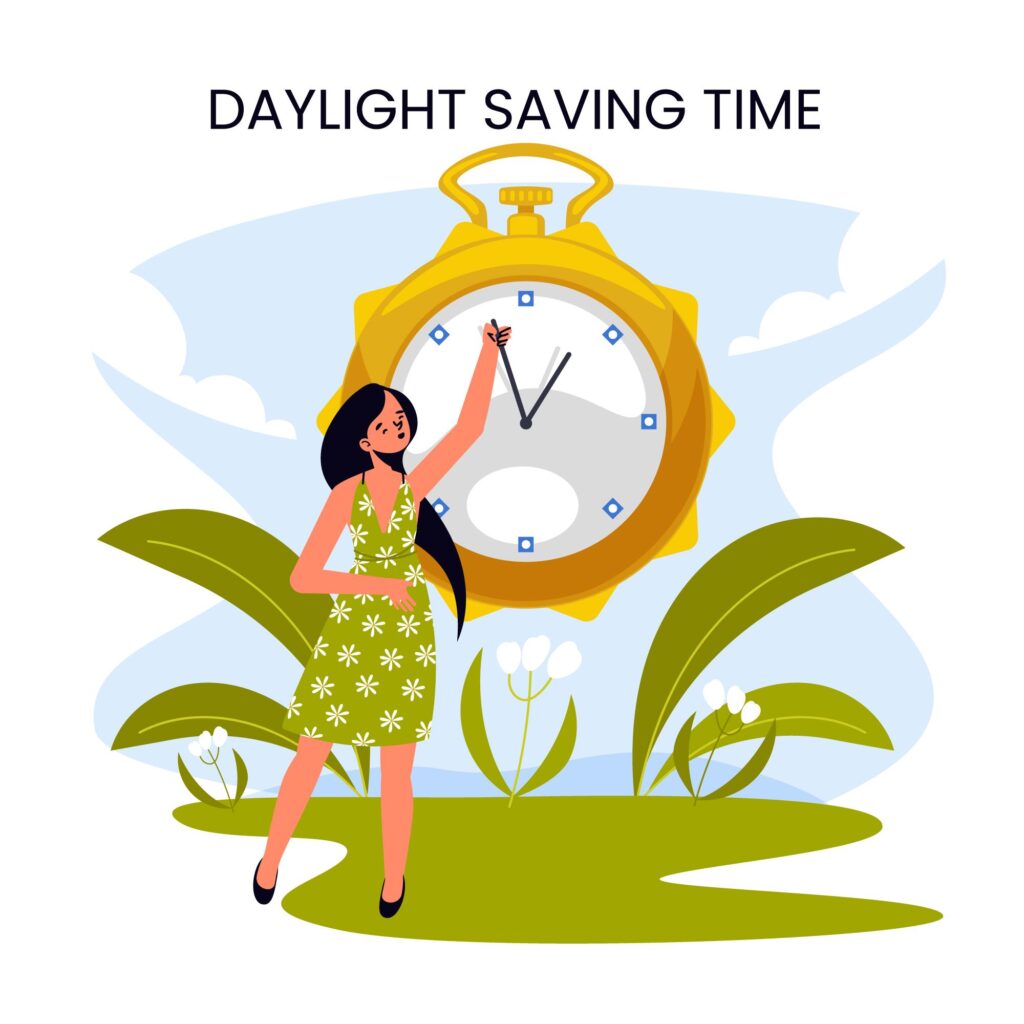
Edit Content
Recommended
Labor Day Weekend In Las Vegas
Wilstar Team
January 27, 2025
Labor Day Parades In The United States
Wilstar Team
January 27, 2025
Weird Facts About Halloween
Wilstar Team
January 27, 2025
Halloween Pumpkin
Wilstar Team
January 27, 2025











































